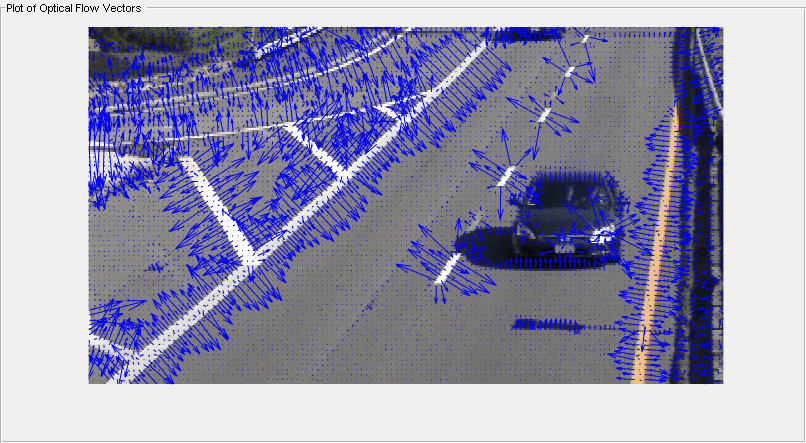estimateFlow
オプティカル フローの推定
説明
例
入力引数
出力引数
アルゴリズム
この関数は、入力オブジェクト opticFlow で指定された方法を使用して、入力ビデオのオプティカル フローを推定します。オプティカル フローは、2 つの連続するビデオ フレーム間の動きとして推定されます。指定の瞬間 tcurrent におけるビデオ フレーム T は現在のフレームと呼ばれ、ビデオ フレーム T-1 は前のフレームと呼ばれます。時刻 tcurrent = 0 における前のフレームの初期値は、グレースケール値 0 の一様なイメージとして設定されます。
メモ
opticFlow を opticalFlowLKDoG オブジェクトとして指定すると、推定はビデオ フレーム数に比例して遅延します。遅延量は、opticalFlowLKDoG オブジェクトで定義された NumFrames の値によって異なります。tcurrent でビデオ フレームに対して推定されたオプティカル フローは、時刻 のビデオ フレームに対応します。tcurrent は、現在のビデオ フレームの時刻です。
拡張機能
バージョン履歴
R2015a で導入

